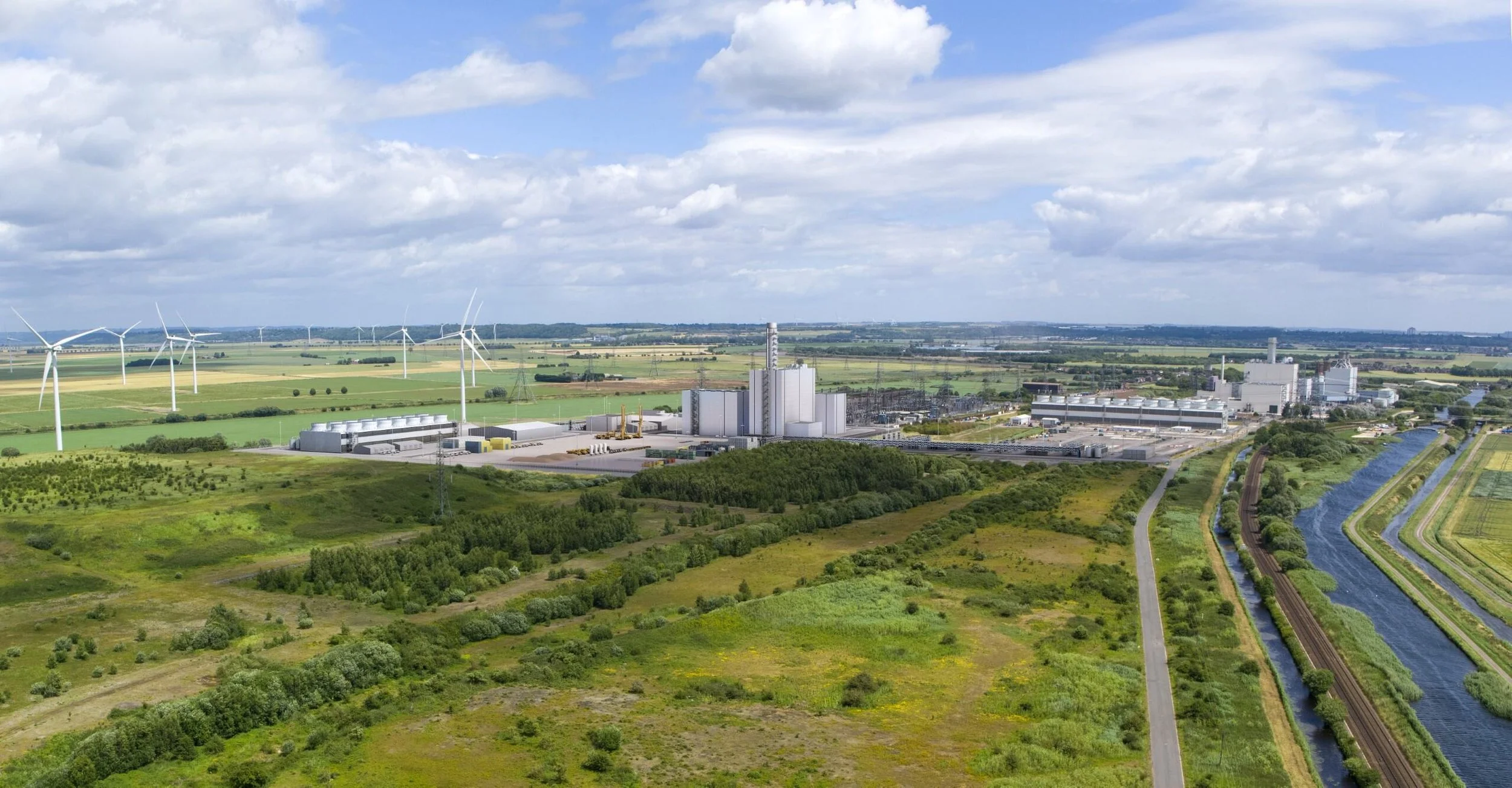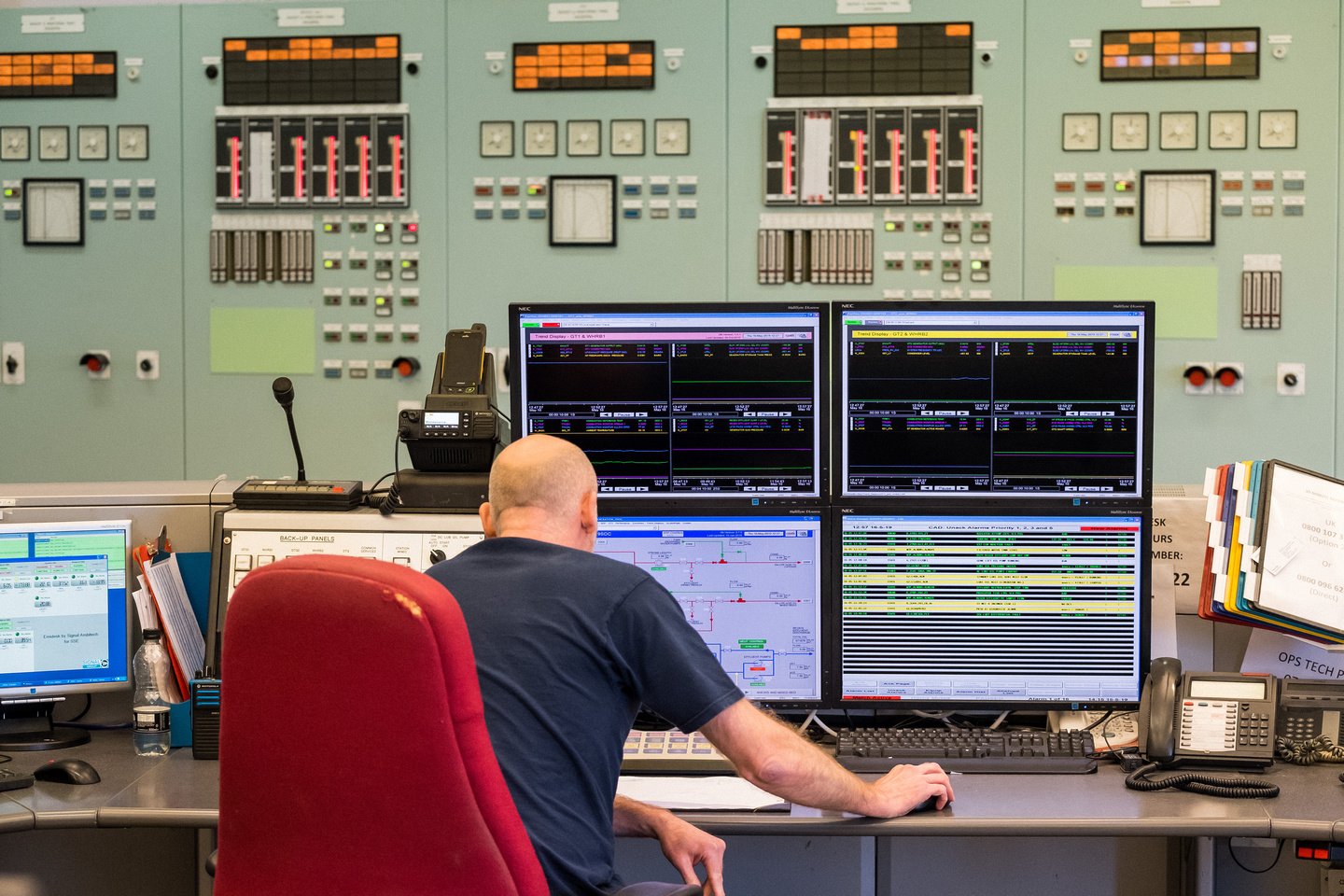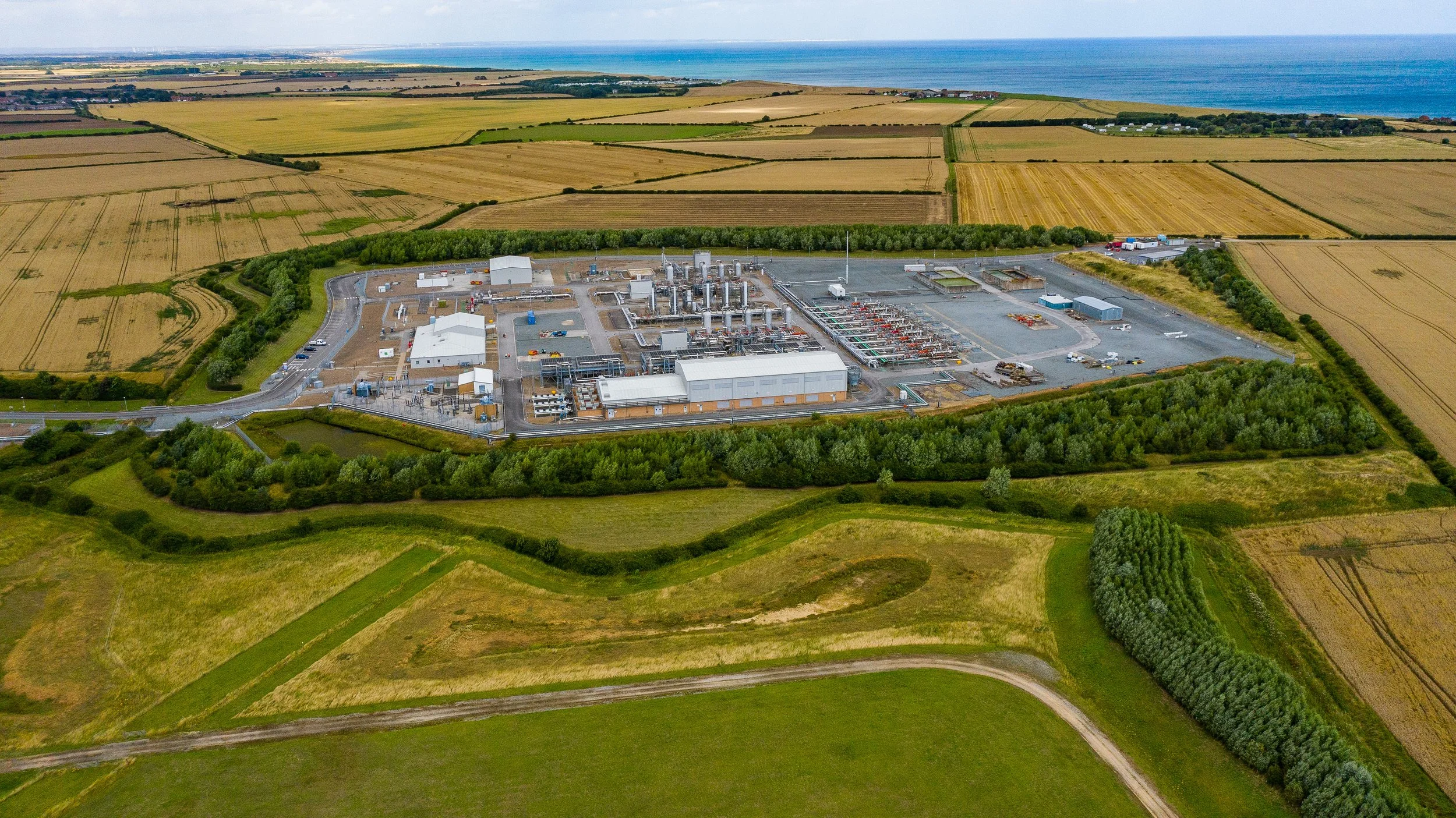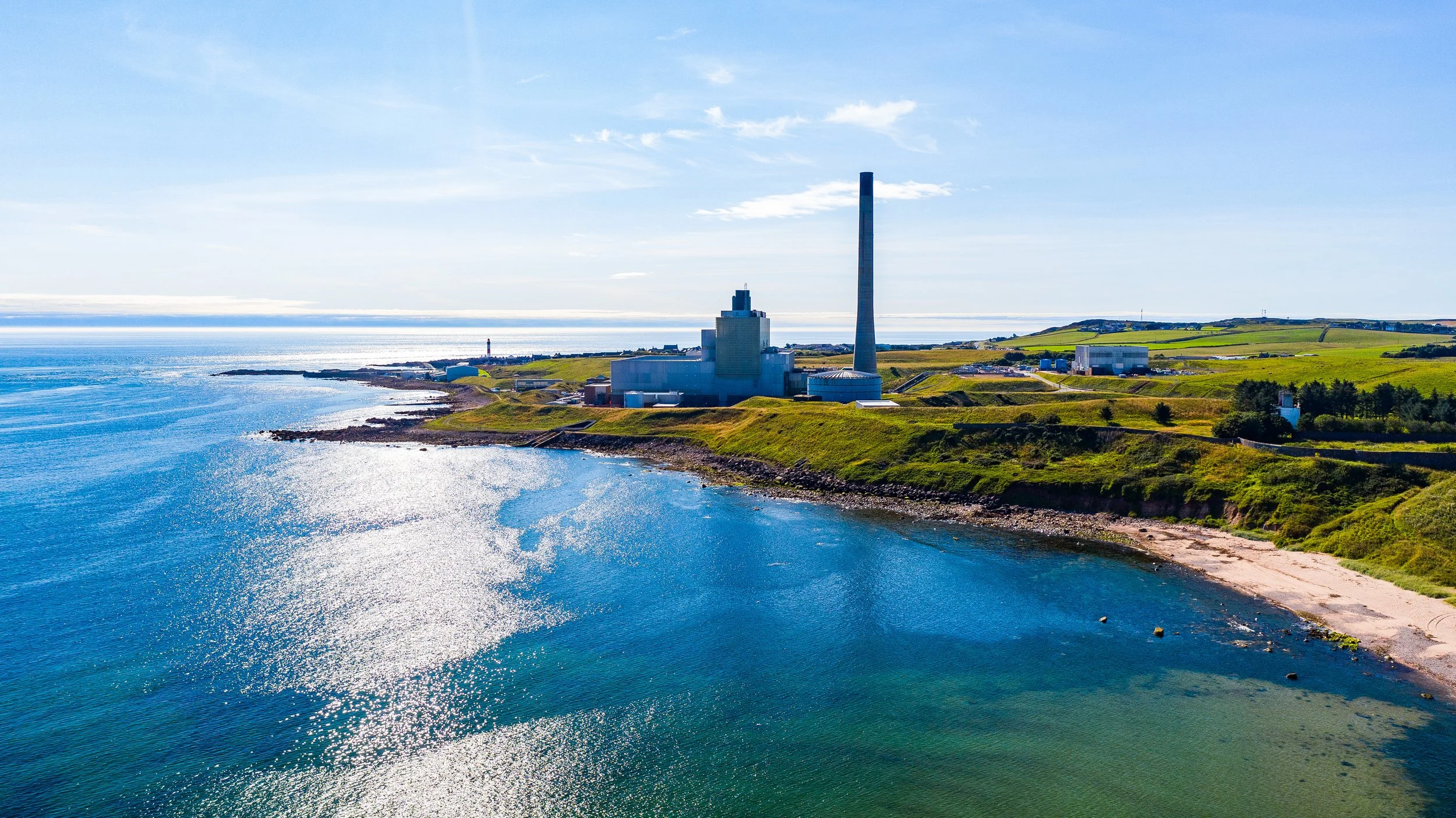
About the Project
Introduction to Keadby Next Generation – capturing the potential of the Humber with hydrogen-enabled flexible power
Keadby Next Generation Power Station is a new type of power station being proposed for development in North Lincolnshire, providing hydrogen-enabled flexible power.
Keadby Next Generation planning application accepted by Planning Inspectorate – landmark first for a hydrogen power project
First time a power station designed to run on hydrogen, as well as natural gas, has reached this stage in the DCO process
Project could support the decarbonisation of carbon-intensive sectors, safeguard existing jobs and drive investment in the region
Plans for what could be one of the world’s first hydrogen fired power stations have moved forward after the proposals were accepted for consideration by UK Government’s Planning Inspectorate.
SSE and Equinor submitted the Development Consent Order (DCO) for Keadby Next Generation, located to the south of the Humber estuary in North Lincolnshire, in August, after consultation with local authorities, communities and other stakeholders.
The proposal has been accepted and will now enter the examination process, with the final decision sitting with the Secretary of State for Energy Security and Net Zero.
It is the first time a power station designed to run on hydrogen, as well as natural gas, has reached this stage in the DCO process.
The 900MW station could be operational from 2030 – providing crucial new reliable, efficient capacity to bolster security of supply by providing back-up generation in a renewables-led electricity system.
It is being designed to run on hydrogen to support the UK’s long-term decarbonisation, as a low carbon alternative to natural gas. It would also be able to operate using natural gas or a blend of hydrogen and natural gas until a technically and commercially viable hydrogen supply becomes available to the site.
Access to secure supplies of low-carbon hydrogen will be essential to delivering a 100% hydrogen-fired power station. Keadby Next Generation is strategically located close to planned production, storage and transport infrastructure in the Humber.
It could play a key role in underpinning an initial network, supporting the decarbonisation of carbon-intensive sectors while safeguarding existing jobs and driving inward investment in the region. During construction, around 800 full time jobs would be created from the site and supply chain, benefiting the local area.
SSE’s Keadby site has been at the heart of the UK’s energy system for nearly 75 years. Formerly the site of a coal-fired power station, it now hosts Keadby 2 - Europe’s most efficient gas-fired power station - England’s largest onshore wind farm and has planning consent for a new power station with Carbon Capture and Storage, also in partnership with Equinor.
As part of its commitment to decarbonise power generation, SSE is also developing hydrogen production and storage projects and investing in a multi-million-pound partnership – Mission H2 Power – with Siemens Energy to deliver gas turbine technology capable of running on 100% hydrogen by 2030.
Kelly De Azevedo Dent, Director of Development for SSE Thermal, said:
“Reaching this milestone with the Keadby Next Generation Power Station project marks a significant step forward in delivering what could be one of the world’s first hydrogen fired power stations.
“SSE is leading the way in creating a tangible future for hydrogen as a key part of a clean power system.
“Keadby Next Generation can play a pivotal role in decarbonising power generation, while driving the green industrial revolution in the Humber—bringing major investment to the region, while creating and safeguarding high-quality local jobs.”
Jalal Fahadi, Vice President for Low Carbon Thermal Power at Equinor, said:
“This is an important moment for the hydrogen to power sector, for the UK’s role in decarbonised power, and for Equinor’s ambitions in low carbon energy. We believe that hydrogen will play a central role in the energy transition, tackling emissions in the UK’s industrial heartlands whilst also driving economic growth and creating local opportunities.”
To achieve the UK’s ambitious target to cut national carbon emissions to Net Zero by 2050, the way energy is generated and used needs to change. And while renewable energy sources such as wind and solar will have a big part to play, we will also need decarbonised, flexible power generation to respond to market needs and ensure security of energy supply when the wind doesn’t blow and the sun doesn’t shine.
This is why, together, Equinor and SSE Thermal are developing Keadby Next Generation Power Station to provide hydrogen-enabled flexible power to the UK, as well as four other low-carbon projects in the UK currently. All these projects have one thing in common: they all focus on providing vital flexibility to the energy system.
The project would help secure the UK’s energy security, generating up to 910 MW and helping achieve long-term decarbonisation goals.
Hydrogen-enabled flexible power generation that supports variable renewable power production, ensuring reliable access to electricity for the UK.
SSE Thermal and Equinor are proposing to develop and operate a new hydrogen-enabled power station, called Keadby Next Generation Power Station, at the existing SSE Keadby site in North Lincolnshire.
Keadby Next Generation Power Station is being designed so that it can run on hydrogen, natural gas or a blend of the two. It would form the start of the next generation of development on the Keadby site and is ideally located to connect into emerging proposals for a hydrogen network within the Humber area, which is being developed as part of the East Coast Hydrogen Project and Project Union.
It would help create a clean power hub in the region, preserve local jobs and create new ones, while supporting skills, apprenticeships, and educational opportunities across the region.
As the hydrogen fuel supply required for 100% hydrogen operation may not be available from the start of operations, Keadby Next Generation Power Station would also be able to operate using natural gas until a technically and commercially viable hydrogen supply becomes available to the site.
What is the difference between Keadby 3 CCS and Keadby Next Generation Power Station?
Keadby 3 Carbon Capture and Storage Power Station and the Keadby Next Generation Power Station are two different projects, which are in many ways trying to achieve similar decarbonisation outcomes.
SSE’s ambition is to be ready to develop a low carbon power station in Keadby as soon as possible. There are two clear decarbonisation pathways for power stations – carbon capture and hydrogen.
SSE were granted a Development Consent Order (DCO) for Keadby 3 Carbon Capture Power Station project (Keadby 3 CCS) by the Secretary of State in December 2022. Keadby 3 would use natural gas as its fuel and be fitted with a carbon capture plant to remove carbon dioxide from its emissions. It would be reliant on access to CO2 transport and storage infrastructure.
The development of Keadby Next Generation Power Station is an alternative to the consented Keadby 3 CCS and would be located on the same site. By getting development consent for both options in parallel (Keadby 3 CCS and Keadby Next Generation Power Station), SSE can be ready to deliver the decarbonisation option that becomes commercially available first.
This flexibility ensures SSE can continue to deliver reliable power to the national grid at Keadby, securing low-carbon electricity supply as we transition towards a Net Zero future.
Design
Here’s how the proposed Keadby Next Generation Power Station would fit around the existing buildings on the Keadby site. This map shows both the indicative project and construction areas.
Questions?
If you’ve got a question about the project we hope our frequently asked questions document will help you, you can download the FAQ document here.
Technology
Understanding Hydrogen
Hydrogen has strategic importance in the pursuit of a low-emission, environmentally benign, cleaner and more sustainable energy system. The combustion product of hydrogen is clean, consisting of water and small amounts of nitrogen oxides. Find out more about Hydrogen here.
Explore our projects
Together, Equinor and SSE Thermal are developing four low-carbon projects, all focused on providing vital flexibility to the energy system. In addition to Keadby Next Generation Power Station, we are also collaborating on:









